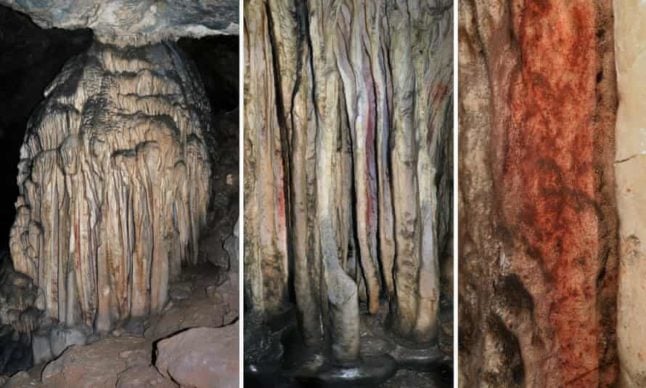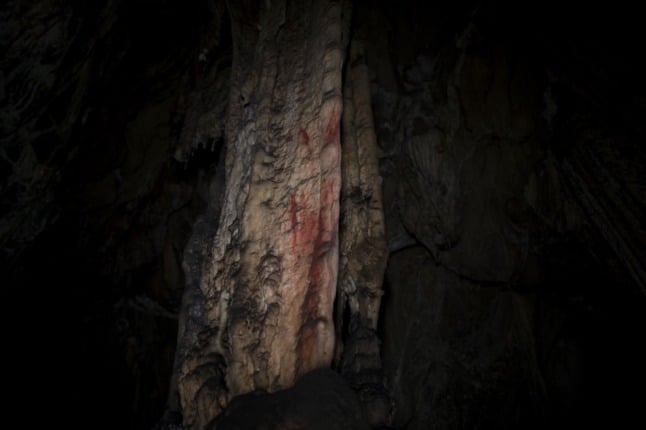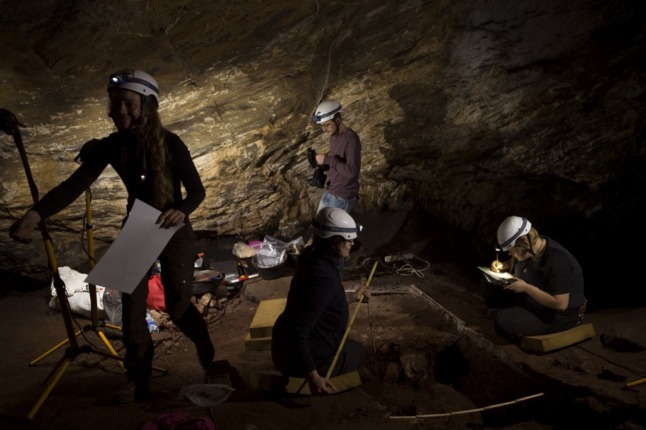The stunning statue had been on display at the J.Paul Getty museum in Los Angeles but was eventually discovered to be Italian property after archaeologists identified one of the statue's beard curls among fragments found at a looted site in Sicily.
The unique terracotta head depicts Hades, god of the underworld. He is shown with a bushy blue beard and curly hair, which still bear a good deal of the blue and red pigments with which they were painted 2,400 years ago.
But the mission to bring Hades home has taken years.
“It was great to be able to work with our Sicilian counterparts to identify the provenance of the head,” a spokesperson for the museum told The Local.
“The process of identifying the head took two years and the museum agreed to give it back in 2013. Since then it's been in storage while we waited for instructions from Sicily for its eventual return. Officials finally arrived to pick up the statue this week.”
The head had been on display in Los Angeles since 1985, when the museum acquired it from Belgian businessman – and long time partner of former US First Lady Jacqueline Kennedy – Maurice Tempelsman, for $500,000 (€460,000).
Templeman sold the piece through successful London art-dealer Robin Symes, who specialized in fencing looted antiques, often of Italian provenance. In January 2005, Symes was sentenced to 21 years in jail (of which he served a mere seven) for trafficking stolen pieces.
On Friday, the statue will finally take pride of place at Enna's Adione museum, a stone's throw from the site where it was originally taken: an outcome which has satisfied Italians on both sides of the Atlantic.
“We owe it above all to the archaeologists who helped identify that ceramic lock of blue hair among the remains of a fraudulent dig site,” said Italy's Consul General in LA, Antonio Verde.
Italy brings back home from #LA ancient head of Hades #Sicily #Artifact #ReturningHome #Italy pic.twitter.com/EebfEhV24P
— Consul General LA (@consulgeneralLA) January 26, 2016
In January 2014, several other pieces of looted art were returned to Enna's Adione museum by the J. Paul Getty museum.
Items included a two-metre Greek marble statue of Venus, which the museum had also bought from Symes in 1988 for an eye-watering $18 million (€16.4 million).
Former curator of the museum, Marion True, was placed on trial in Italy in 2005, but was acquitted after the charges against her expired in 2012.
But the institution is not alone in giving Italy back illegally acquired objects. In recent years pieces have been returned from other high-profile institutions including the Metropolitan Museum of Art in New York.
According to one Italian prosecutor, artworks from more than 100,000 raided tombs worth in excess of €460 million have been illegally taken out of the country.





 Please whitelist us to continue reading.
Please whitelist us to continue reading.
Member comments